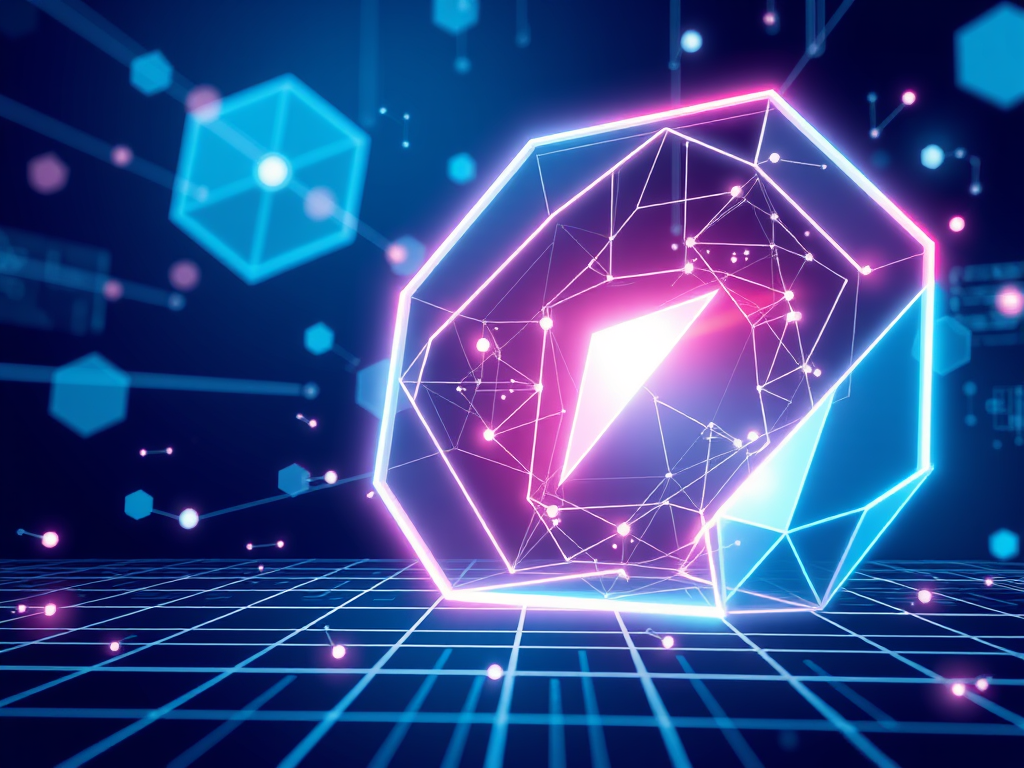Welcome, tech enthusiasts, to another exciting journey into the world of artificial intelligence! Today, we’re diving into the fascinating universe of QLoRA, an innovative approach that is transforming the AI landscape. If you’ve ever wondered how to make AI training more efficient, faster, and less memory-intensive, then buckle up, because QLoRA is about to blow your mind.
What is QLoRA?
QLoRA, short for Quantized Low-Rank Adaptation, is a groundbreaking technique that combines the principles of quantization and Low-Rank Adaptation (LoRA) to enhance the efficiency and speed of training large language models. Imagine you’re trying to teach a giant robot to understand human language, but every time you feed it data, it gets bloated and sluggish. QLoRA is like a magic diet plan that keeps your robot lean and quick without losing its cognitive prowess!
The Magic Behind QLoRA: Key Technical Features
At the heart of QLoRA lies the concept of quantization. This technique reduces the precision of the model’s weights, effectively shrinking the model’s size and lowering memory usage. Think of it as compressing a high-definition movie into a format that still looks great on your smartphone. This reduction allows AI models to train faster and operate on hardware with limited memory capacity.
LoRA, on the other hand, focuses on adapting the model’s parameters using low-rank matrices. This method fine-tunes the model without the need to retrain it from scratch, making it a highly efficient approach to model optimization. When combined with quantization, LoRA ensures that the model remains accurate while dramatically cutting down on the computational resources required.
Why is QLoRA a Game Changer?
The biggest advantage of QLoRA is its ability to speed up the training process of AI models while significantly reducing memory usage. In a world where time is money, faster training times mean quicker deployment of AI solutions, allowing companies to innovate at lightning speed.
To illustrate the power of QLoRA, let’s take a look at some example code. Suppose you have a large language model that you’re training on a dataset. By applying QLoRA, you can achieve similar performance metrics as the original model but in a fraction of the time and with much less memory consumption.
from qlora import QuantizedLoRA
# Assume model and dataset are predefined
model = QuantizedLoRA(model, rank=4, quantization_bits=8)
model.train(dataset)In this snippet, `QuantizedLoRA` is applied to the model, specifying a low rank and setting the number of quantization bits. This simple adjustment can lead to remarkable improvements in training efficiency.
Latest Trends and Future Directions
As AI continues to evolve, the demand for more efficient training methods becomes increasingly critical. QLoRA is at the forefront of this evolution, offering a scalable solution for training ever-larger models. Researchers are actively exploring ways to refine QLoRA, aiming to strike the perfect balance between model accuracy and computational efficiency.
Moreover, the implications of QLoRA extend beyond just faster training. By reducing the hardware requirements for training AI models, QLoRA democratizes access to advanced AI technologies. This opens up new possibilities for smaller companies and individual developers to contribute to AI advancements without the need for supercomputer-level resources.
Conclusion: Embracing the Future with QLoRA
In conclusion, QLoRA represents a significant leap forward in AI training methodologies. By cleverly combining quantization with Low-Rank Adaptation, QLoRA offers an elegant solution to the challenges of training large language models. As we continue to push the boundaries of what’s possible in AI, innovations like QLoRA will undoubtedly play a pivotal role in shaping the future of technology. So, whether you’re an AI researcher, a tech enthusiast, or just someone curious about the next big thing, keep an eye on QLoRA—it’s set to revolutionize the way we think about AI training.





